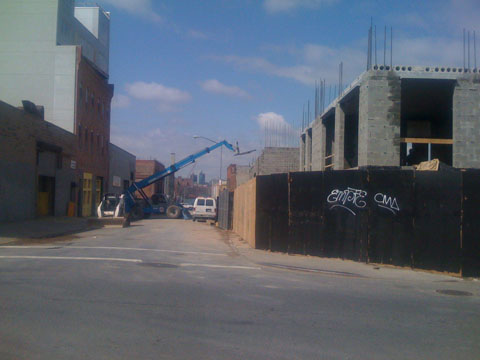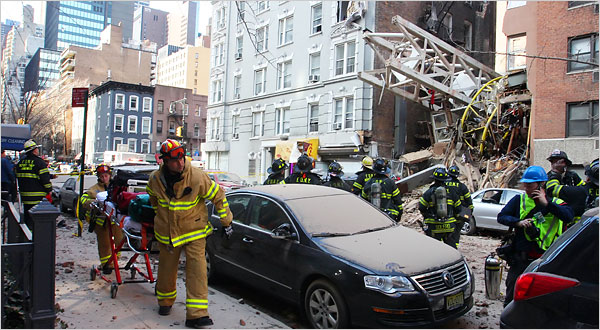Via Gothamist, a report about a woman attacked by a livery cab driver. The driver apparently followed the woman into her building, where he then molested her. Luckily, the victim was not hurt, and though shaken up, is fine.
The woman in question had called Metroline for a car, but it appears that the car she got into was not Metroline’s (the Metroline driver who went to pick her up found her not there, and he has been cleared by the police).




